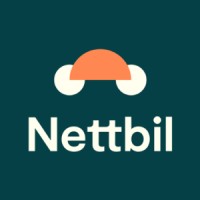Main Challenges
Lack of official KPIs on the project: Without clear Key Performance Indicators (KPIs), it becomes challenging to measure progress and success, making it difficult to evaluate the project's effectiveness and identify areas for improvement.
The discrepancy between SLA and working time frame: When the Service Level Agreement (SLA) does not align with the project's designated working time frame, it can create confusion and hinder efficiency, leading to difficulties in meeting client expectations and maintaining quality standards.
Insufficient coverage during night shift and weekends: Having only one agent to cover the night shift and weekends puts excessive strain on that individual, potentially leading to burnout and negatively impacting the project's performance during critical periods when customer support or service is needed.
IntelligentBee Solution
IntelligentBee deployed a team of 4 people
We re-discussed the key performance indicators (KPIs) with our client, ensuring a clear understanding of their expectations and goals. By aligning our objectives, we established a solid foundation for measuring success and evaluating performance. This step allowed us to refine our strategies and tactics to better support the client's desired outcomes.
To gain concrete insights into agent efficiency, we configured the working hours on Zendesk, a customer support platform. By accurately tracking agent activities and response times within specific time frames, we obtained valuable data for performance evaluation. This data-driven approach enabled us to identify areas for improvement, optimize resource allocation, and enhance overall efficiency in delivering customer support services.
After analyzing the statistics for case volumes, we observed a lower volume of cases on weekends. Taking this into consideration, we adjusted the agent coverage schedule to maximize productivity and maintain service levels. We strategically allocated resources to cover the peak hours during weekdays while leaving the weekends free for agents. Additionally, we modified the start time of the first shift, delaying it by two hours to align with the peak demand, ensuring efficient coverage during critical periods. The second shift remained unchanged, providing consistent support throughout the day.










